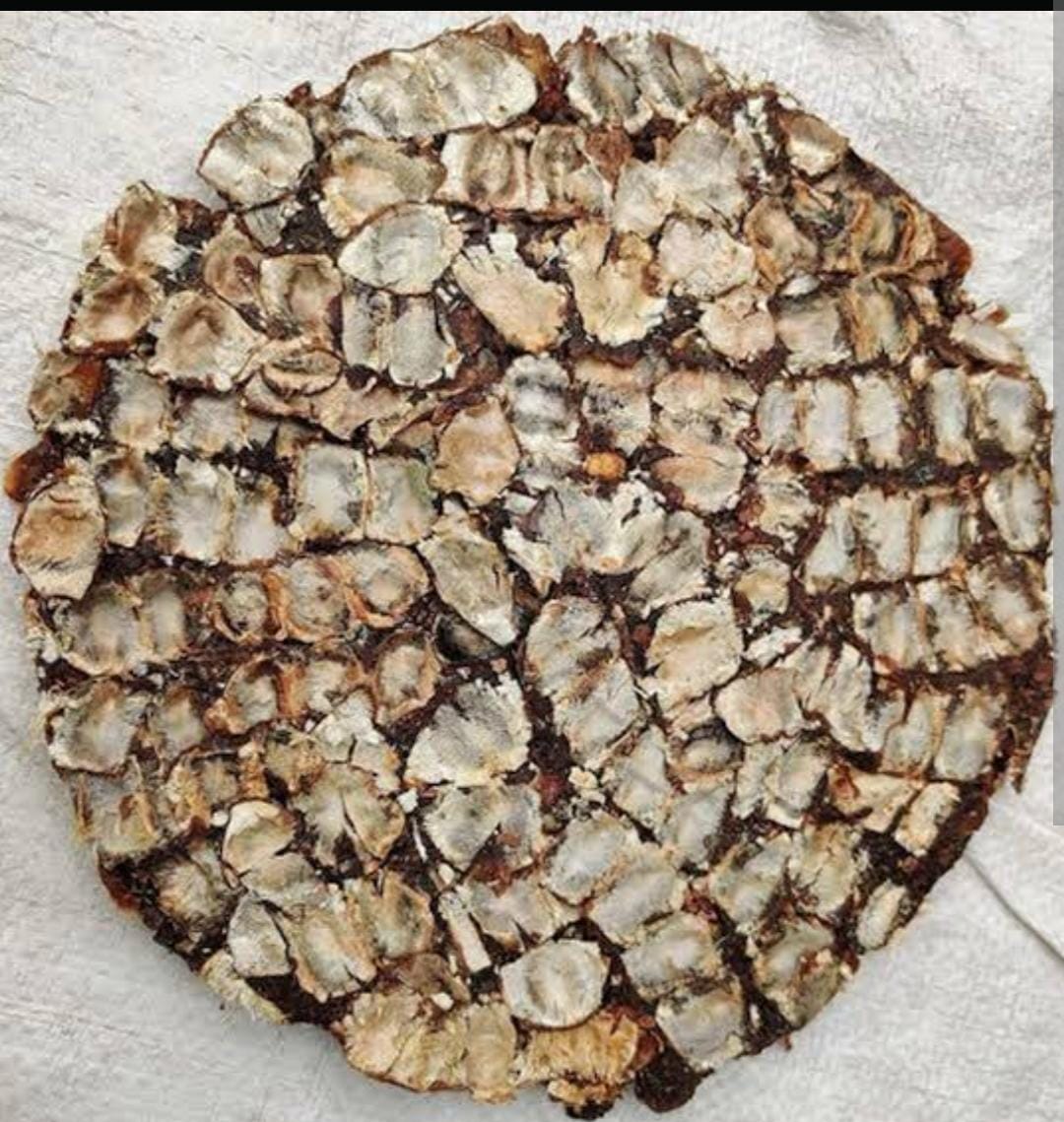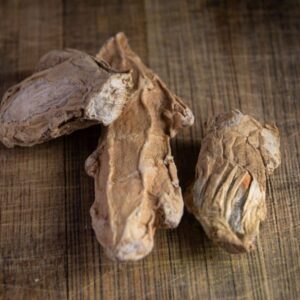Tamarind (Tamarindus indica) is a tropical fruit-bearing tree that belongs to the Fabaceae family. Native to Africa but widely cultivated in Asia, the Middle East, and the Americas, tamarind is prized for its unique sweet and tangy flavor, medicinal properties, and versatility in culinary traditions around the world.
The tamarind tree is large and long-lived, often reaching heights of up to 80 feet (24 meters). It produces long, curved pods that contain a sticky, dark brown pulp surrounding hard, glossy seeds. This pulp is the edible part and is rich in tartaric acid, sugars, and B vitamins. When young, the pulp is sour and acidic, but it becomes sweeter as the fruit ripens.
Tamarind is a cornerstone ingredient in many global cuisines. In South Asian and Southeast Asian cooking, it’s used to add sourness to curries, chutneys, and soups. In Latin America and the Caribbean, it’s made into drinks, candies, and sauces. Middle Eastern dishes also use tamarind for its depth of flavor. Tamarind paste and concentrate are common pantry staples due to their strong, concentrated taste.
Beyond the kitchen, tamarind has been used traditionally in herbal medicine for centuries. It is known for its digestive, laxative, and anti-inflammatory properties. The pulp, leaves, and bark are all used in various remedies to treat ailments such as constipation, sore throats, and fever.
Nutritionally, tamarind is a good source of antioxidants, fiber, and essential minerals like potassium, magnesium, and iron. Its high acidity also makes it a natural preservative.
Whether enjoyed fresh, dried, or in processed forms like paste or juice, tamarind offers a bold flavor profile that enhances both sweet and savory dishes. Its complexity and health benefits make it a valuable ingredient in both traditional and modern kitchens.





Reviews
There are no reviews yet.